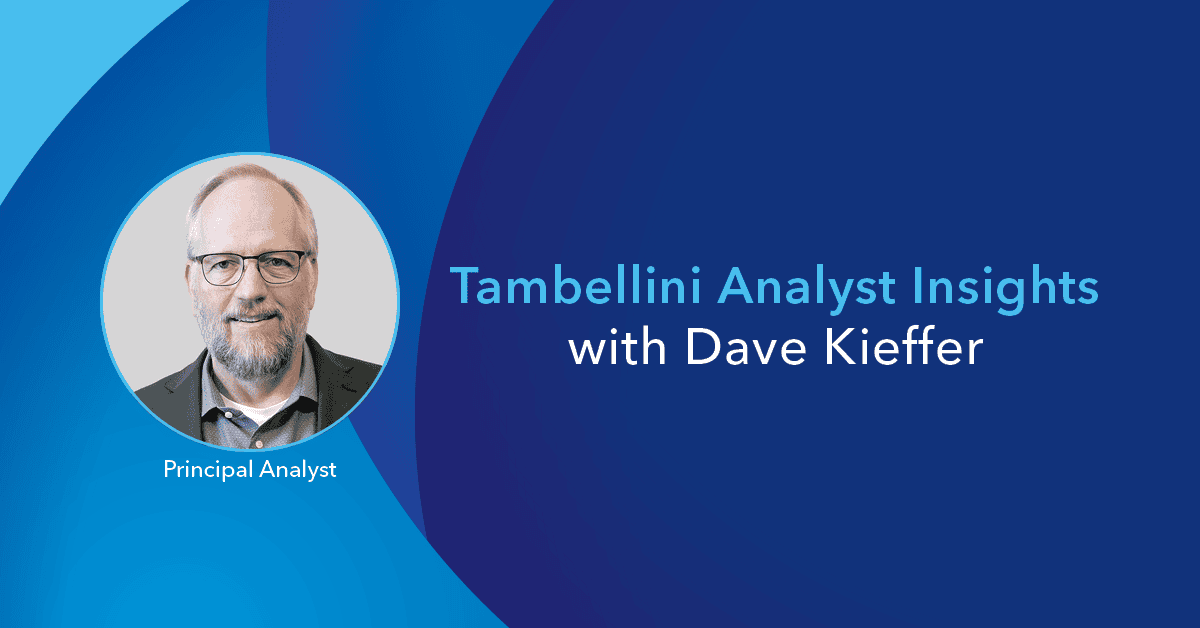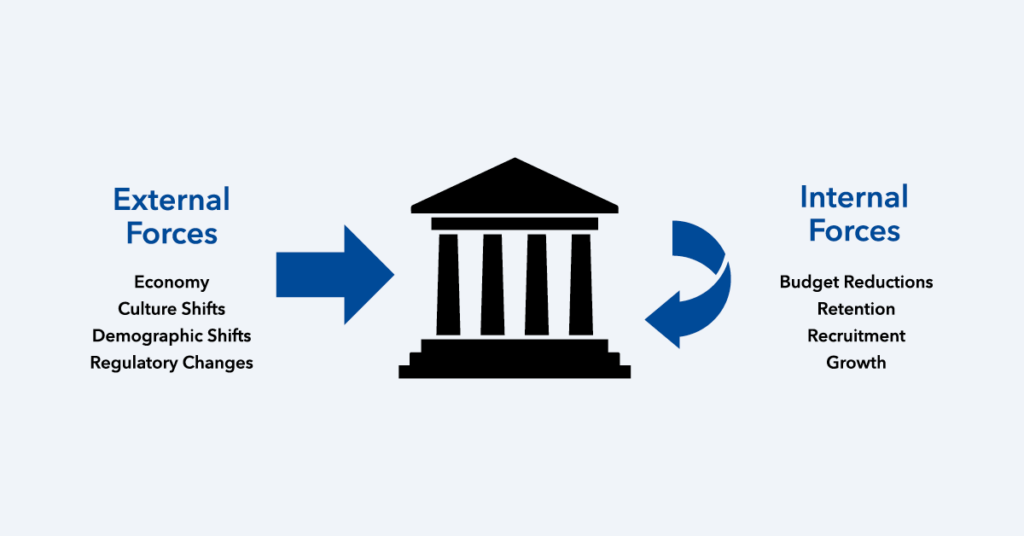Agility and Resilience in Higher Education
Principal Analyst

As we enter 2025, I’ve been thinking about all of the conversations I’ve had with institutional leaders this year and listening for what’s next. The reality is that higher education institutions face numerous challenges that require them to be both agile and resilient. Enrollment shifts, increased costs, declining budgets, and diminished public trust are just a few of the issues they face. Every year (or every month!) new factors such as a new presidential administration, increased scrutiny of international students, and pressure to implement AI (and to NOT implement AI) make institutional strategy (and specifically technology strategy) challenging.

Institutions are exploring new revenue sources such as executive education, online programs, and public-private partnerships to alleviate financial pressures. These initiatives can provide much-needed financial support and help institutions diversify their income streams. However, they may also require new processes and technical solutions to support the business models.
The Necessity for Agility and Resilience
To navigate these ever-shifting challenges, institutions must focus on modernizing processes and technology, upskilling their people, and providing accessible, high-quality data. Thinking of these capabilities as institutional infrastructures, upgrading them can enhance agility and resilience much as modern power, internet, and transportation infrastructures support adapting to quickly changing circumstances. Despite the initial quick pivots that institutions made during the pandemic, many struggled to sustain and build upon the changes. To ensure successful long-term change, institutions must prioritize thorough planning, preparation, and stakeholder support.
Strategies for Agility and Resilience
Several strategies can help institutions become more agile and resilient. These include:
- Advanced financial and enrollment planning processes and tools.
- Modern data management frameworks and strategies.
- Efficient business processes.
- Focused hiring and employee development practices.
- Fostering a culture of continuous improvement.
In addition, many institutions have not yet modernized their core administrative systems, leading to outdated processes and increased risks as vendors shift to SaaS-architected solutions. This modernization is crucial for staying competitive and reducing risks, though adopting new technology often comes with its own set of challenges. For example, institutions may struggle with achieving expected outcomes, requiring additional process refinement and feature adoption post-implementation.
Knowing that continued change and pressure are ahead, modern strategic planning for higher education institutions needs to consider agility and resiliency as core competencies across institutional processes. My fellow analysts, advisors, and I continue to discuss and refine our thinking around these concepts, as we’re fortunate enough to be able to help institutions think about and prioritize the work required to strengthen institutional agility and resilience. Contact us if you need support in building these competencies.
You May Also Like
- Using a Data Management Framework to Support Institutional Agility
- Enhancing Institutional Agility and Resilience in Higher Education
- Top Predictions for Education in 2025: Building Institutional Agility and Resiliency
Originally posted by Dave Kieffer on LinkedIn. Be sure to follow him there to catch all his great industry insights.
Categories
Share Article:

Other Posts From this Author:
© Copyright 2025, The Tambellini Group. All Rights Reserved.